What is a Brownfield Site & How Can I Get Planning Permission to Build on One?
Finding a plot for your dream house is always one of the biggest challenges in any project, closely followed by understanding what you can build on that site. Some types of land are generally more suitable for delivering a new home, and a brownfield site could certainly offer strong potential for development.
In planning terms, the government has long made it clear that brownfield sites are the priority and the preferred location for growth, rather than previously undeveloped land. But are they easy to build on, and what do you need to know about this kind of site? Here I’m taking a look at the key considerations to note when building a new home on a brownfield site.
What is a brownfield site?
A brownfield site is a piece of land that has previously been built on. It doesn’t need to have been covered with houses or buildings, but there will have been some previous development on the site. They could be positioned in both urban and rural locations. Generally, however, the development of these sites is intended to be the solution to avoid urban sprawl and development in the countryside, so they will usually be in areas surrounded by other development, but not always.
What are the benefits of building a house on a brownfield site?
It should be assumed that you’ll require full planning permission to build a new home on a brownfield site. If a plot has already been subject to development, there is already a principle established in planning terms. Brownfield sites can therefore offer a smoother journey to securing planning consent over greenfield plots, as it’ll generally be easier to build something on land that has been developed in the past, than one that has not.
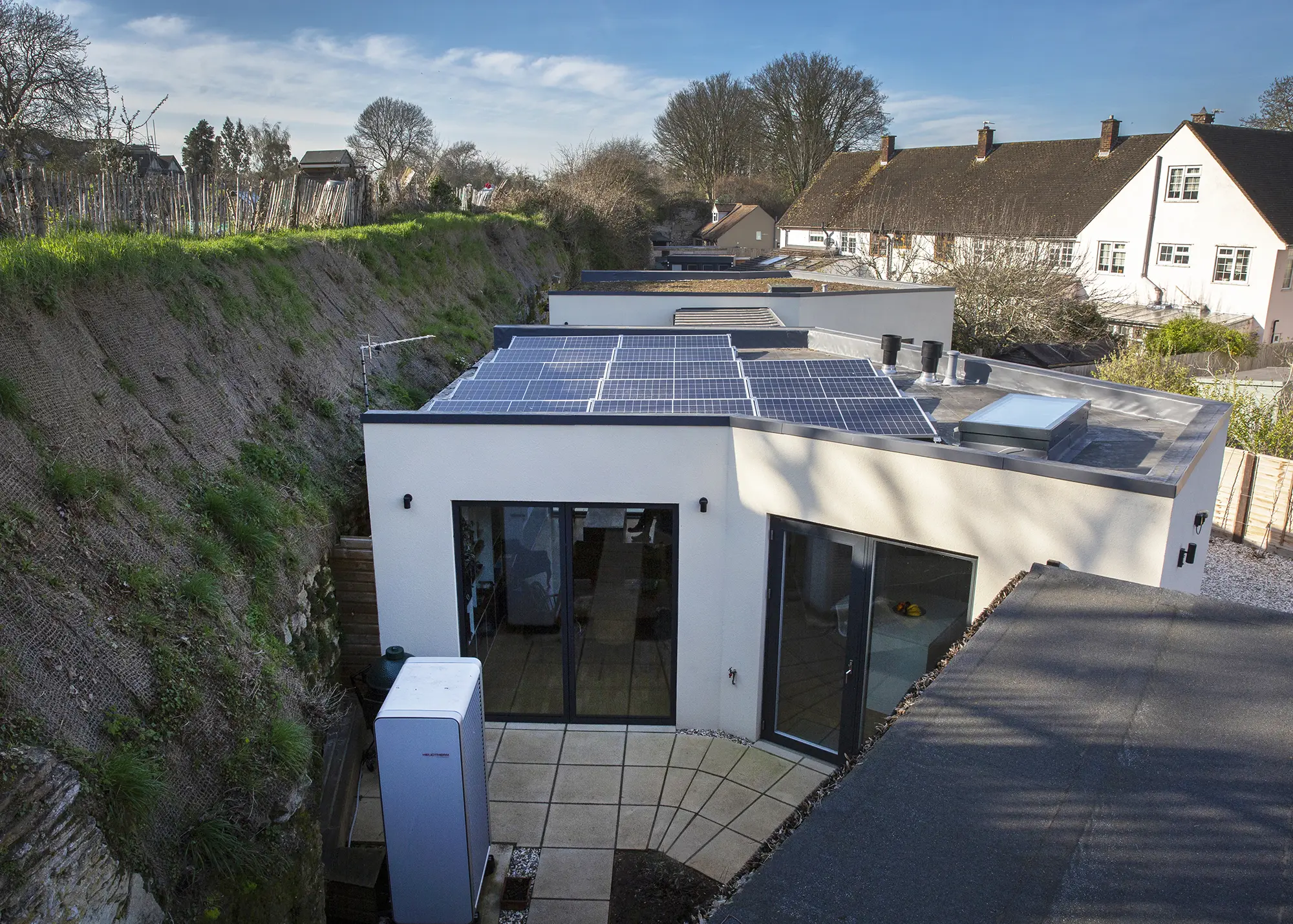
Build It readers David and Jenny Bird self built a new, single- storey home on a brownfield site, bordering a disused quarry in Oxfordshire, just inches from the excavation wall. The house’s flat roofs feature solar panels on one side, with a single-ply membrane and sedum planting on the other
A site that has previously been built on is more likely to already have services in place (such as drainage and electricity), than a rural, countryside site. This can offer advantages in both the time and cost of bringing utilities to the land, while also providing greater certainty that this is achievable – especially in comparison to a site that may never have had active services before.
Premium Content
Downloadable E-Guide
Not sure where to start with your plot search? Kick-start the journey with Build It’s complete downloadable e-guide to finding the perfect self build site. Click below to find out more.
find out more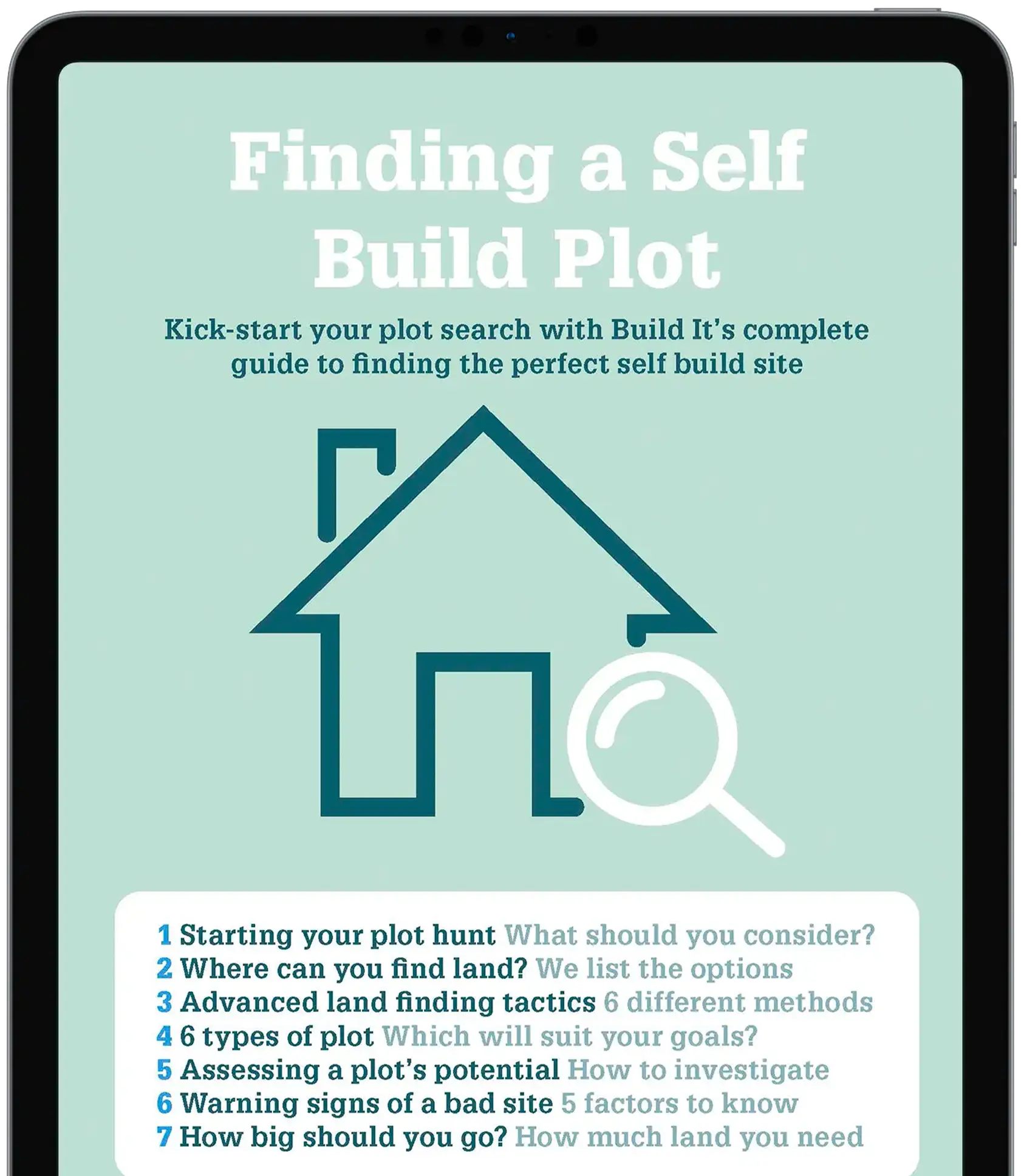
What should you be wary of when building a house on a brownfield plot?
Just because a site has been built on previously, and planning favours brownfield land, it doesn’t eliminate all challenges. Depending on the plot’s unique history, it may have been used for a purpose that calls for some kind of remediation.
For example, if it was used for a car garage or a light industrial building that may have affected the ground conditions in some way, you may need to examine the ground and remediate any potential issues before a house can be built. This can take time and will come with additional, and perhaps unexpected costs. This is important where a site meets the traditional definition of brownfield, by being a previous industrial location, which will almost certainly require remedial groundworks.
Any works may need consideration through surveys before a site goes through planning or to satisfy a lender. If there is a chance of contamination, it’s also likely that there will be a planning condition requiring proof that this has been adequately addressed. This information will need to be submitted to planning officers and passed to the relevant team for consideration and agreement in order to proceed with development.
Brownfield plots with dilapidated existing structures
If a site has been built on in the past, but the structures have been disused for many years or have fallen into a dilapidated state, they may be deemed as abandoned in planning terms. This means that the lawful use may have fallen away. For example, if a site had a house on it many years ago, which has partially collapsed and not been occupied for several years, this does not mean you can automatically rebuild that dwelling.
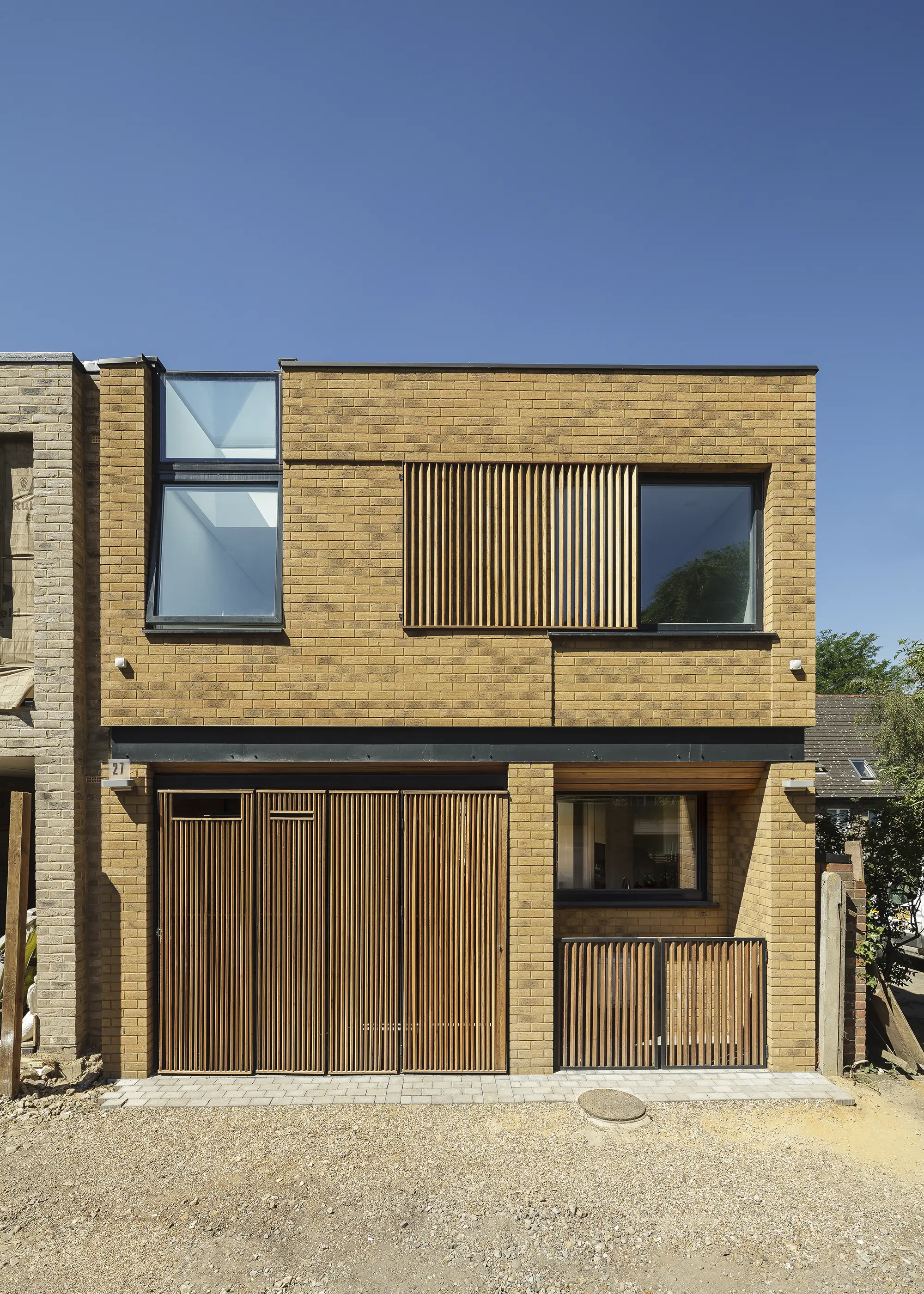
RDA Architects took on the challenge of designing this efficient, contemporary and cost-effective Passivhaus home, located on the site of a former garage. The self build’s architecture is a contemporary rendition of the surrounding mews properties
If it is deemed to have been abandoned, it will be treated as a new application for residential development, as if the site was undeveloped. The principle of there having been a property there in the past will, however, have some positive bearing in the planning application.
If the structure has all but disappeared – ie, if it has been derelict for many years and become overgrown to the extent it can no longer be seen, or was demolished, then the site is unlikely to still be deemed brownfield. If a plot of land already has a property on it, this may need demolishing, depending on its condition.
Is the location of the brownfield site important?
If this is in a conservation area, permission would be needed for any work. The process of demolition and removal of the building materials will also be costly and may implicate the project schedule. The existence of a structure or building on a site does not automatically mean it can be replaced, but it is likely that something can be rebuilt in this location, and of a similar size.

Designed by Artel 31 this impressive barn-style home replaced a historic workers cottage that had fallen into disrepair. The contemporary design made sure to respect and enhance the site, reuse materials where possible and incorporate biodiverse landscaping. Photo: Peter Helme
Building on a brownfield site will also require you to consider improving the ecology and, depending on the project, contribute towards biodiversity net gain (BNG). Self build projects are currently exempt from BNG requirements, but if a development is not self or custom build by definition, then this can be a high bar to achieve.
Depending on the location of the plot, there will also be specific considerations in terms of the surrounding use. For example, are the nearby buildings still used commercially and might they have implications in terms of noise or air quality for the home you’re looking to build? This may have specific requirements in terms of surveys and mitigation to ensure a good quality of living in the new property.
Access to the brownfield site & other considerations
Once you have addressed the key factors relating to the site’s use and extent of development possible, the other matters that are relevant for planning are broadly the same as other greenfield sites. This includes transport and access, design, ecology and amenities, as well as the impact and detail of design and materials (such as cladding).
There may also be construction considerations on tight or awkward brownfield sites. These might require careful design, as well as an innovative approach in terms of construction and access, which should be taken into consideration early on to ensure this will be achievable.
In principle, brownfield sites offer a great opportunity for development. They will be received more positively through planning than plots of land that have not been previously developed, but they do not come without their challenges, so be ready for these and seek early advice.
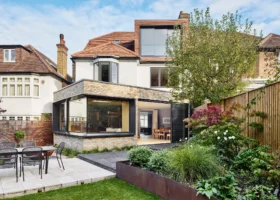


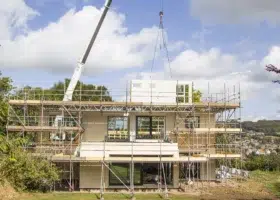
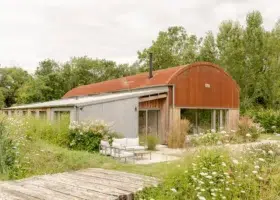
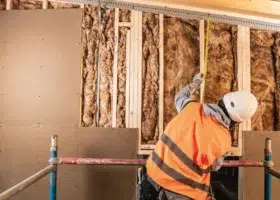
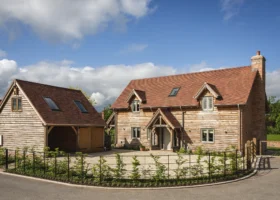
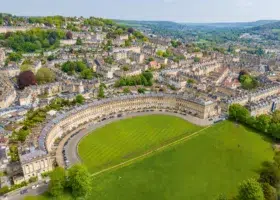

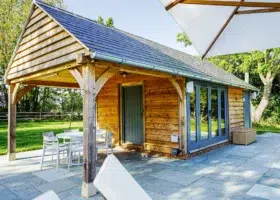
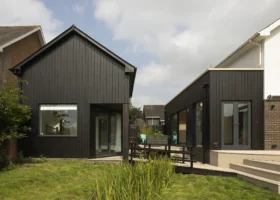
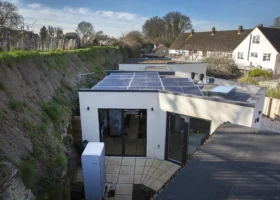
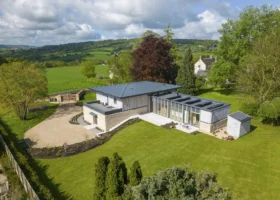
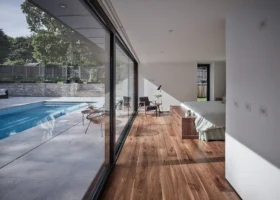
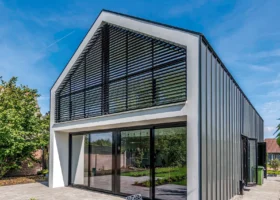
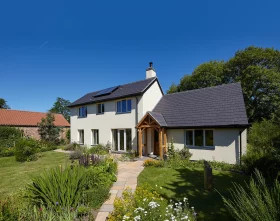
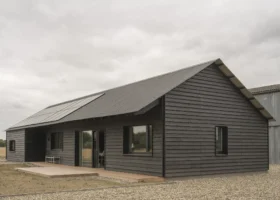
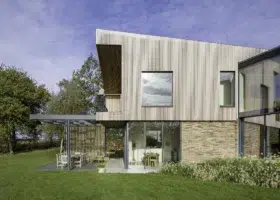
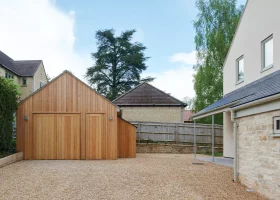
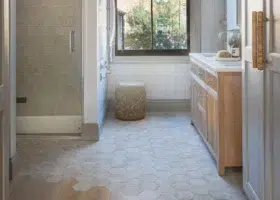

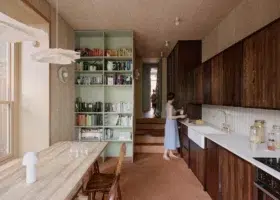
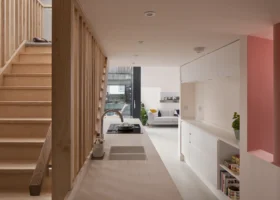
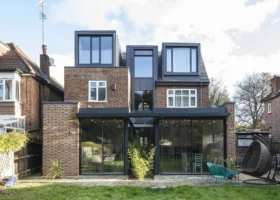
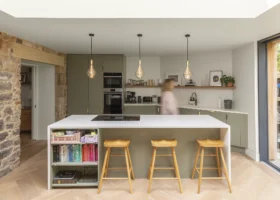
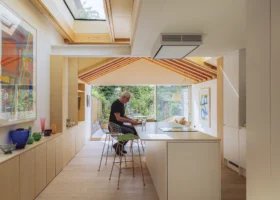
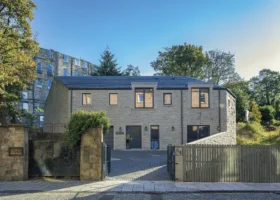
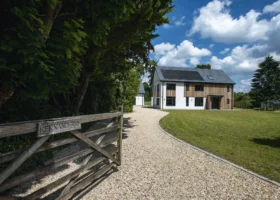
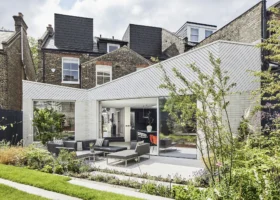
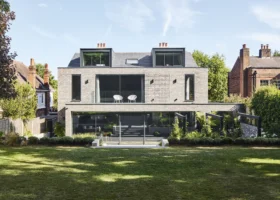
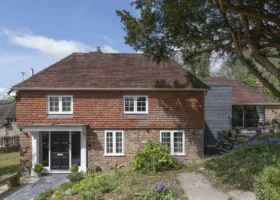
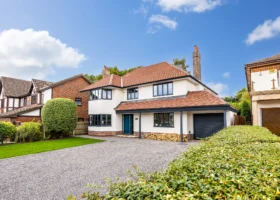

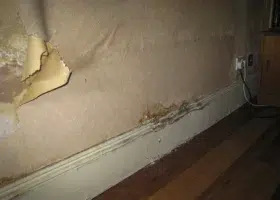


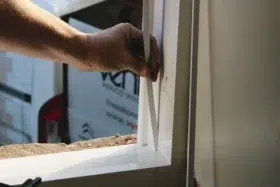
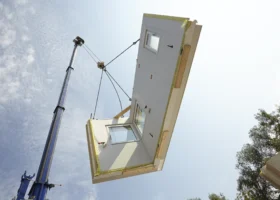
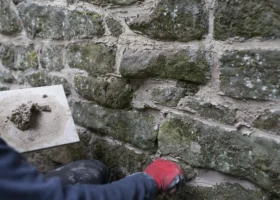
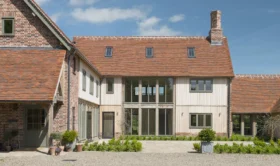
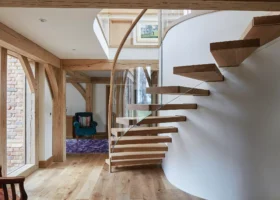
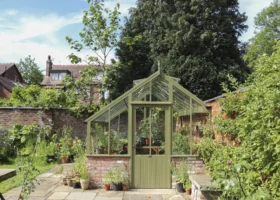
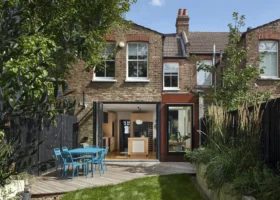

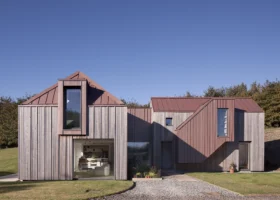
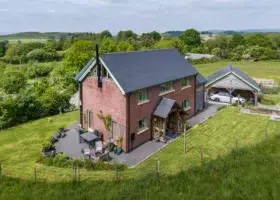
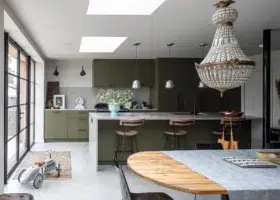
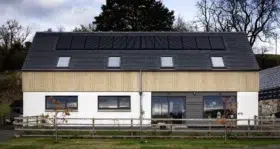
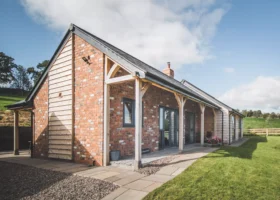
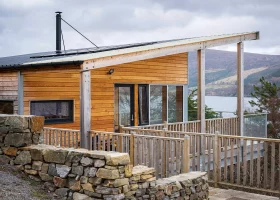
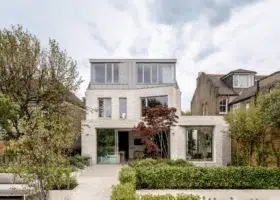
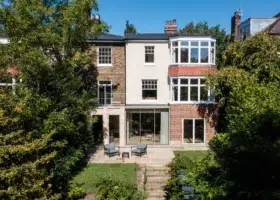
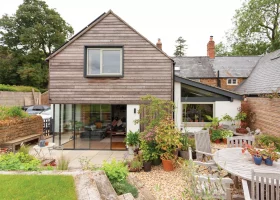
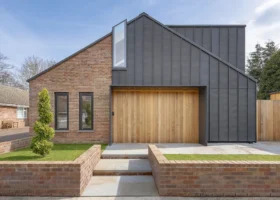
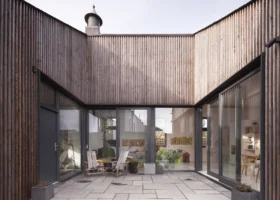
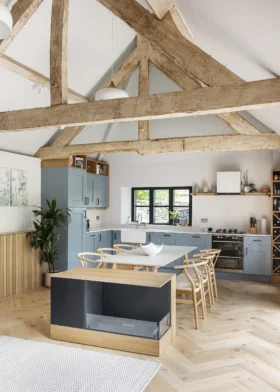
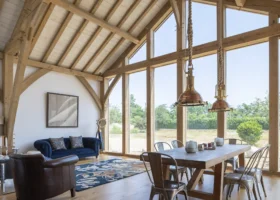
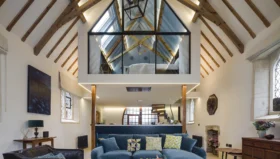
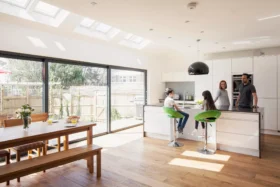
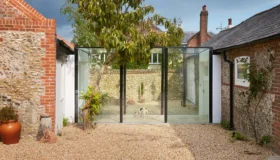
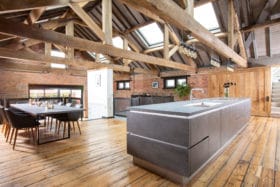
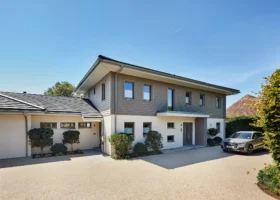
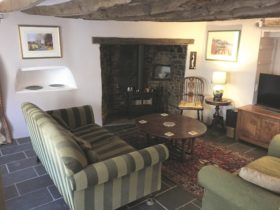
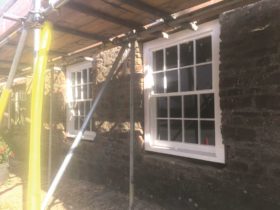
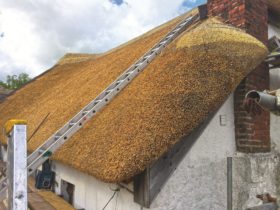
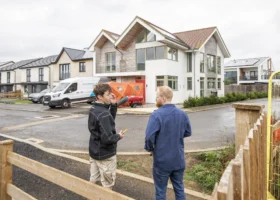
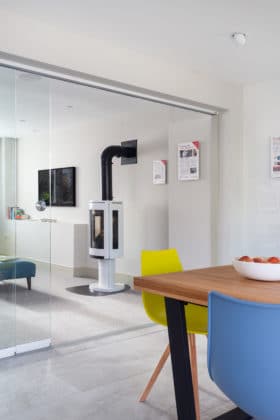
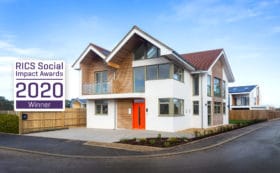
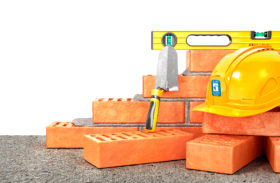
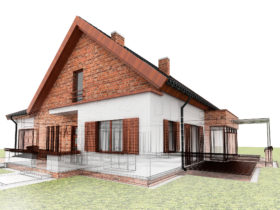
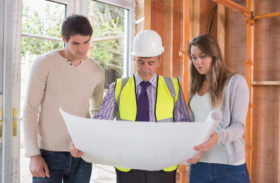

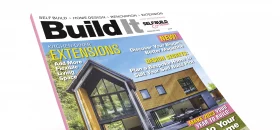
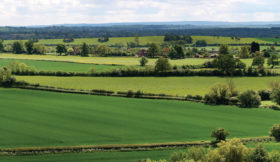




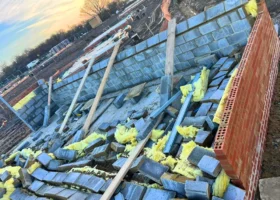

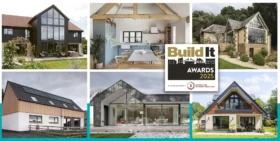
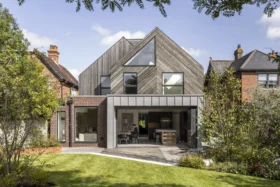


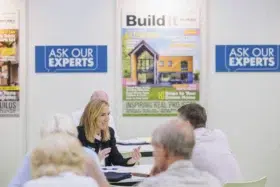
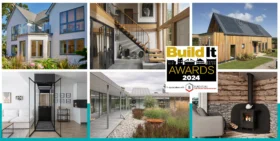
 Login/register to save Article for later
Login/register to save Article for later

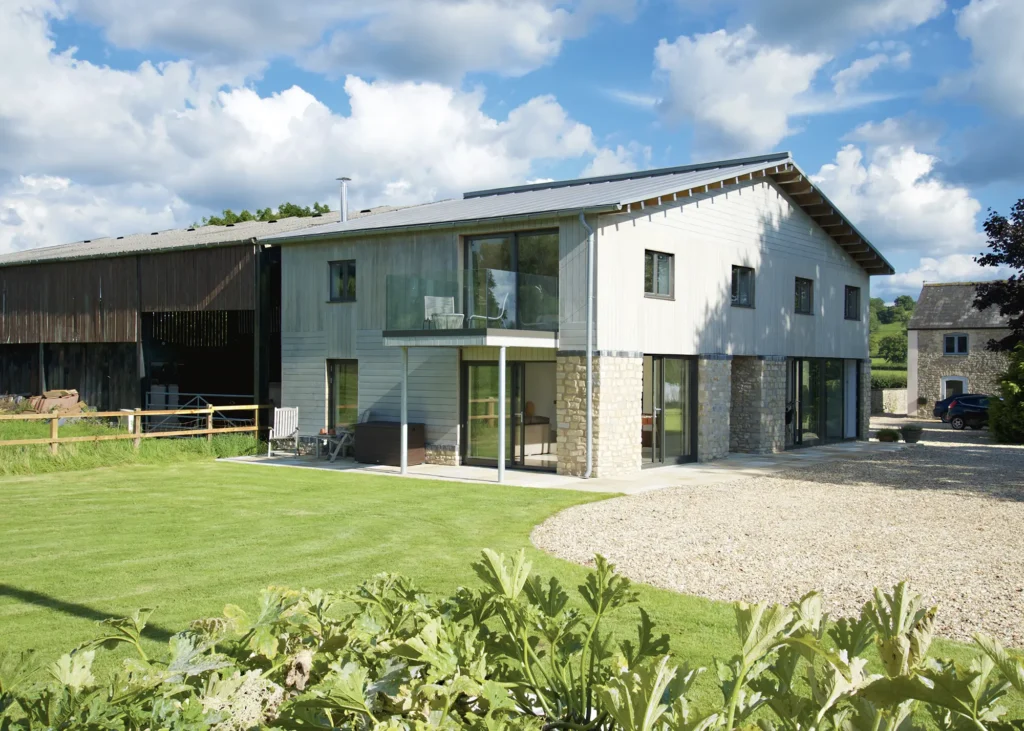
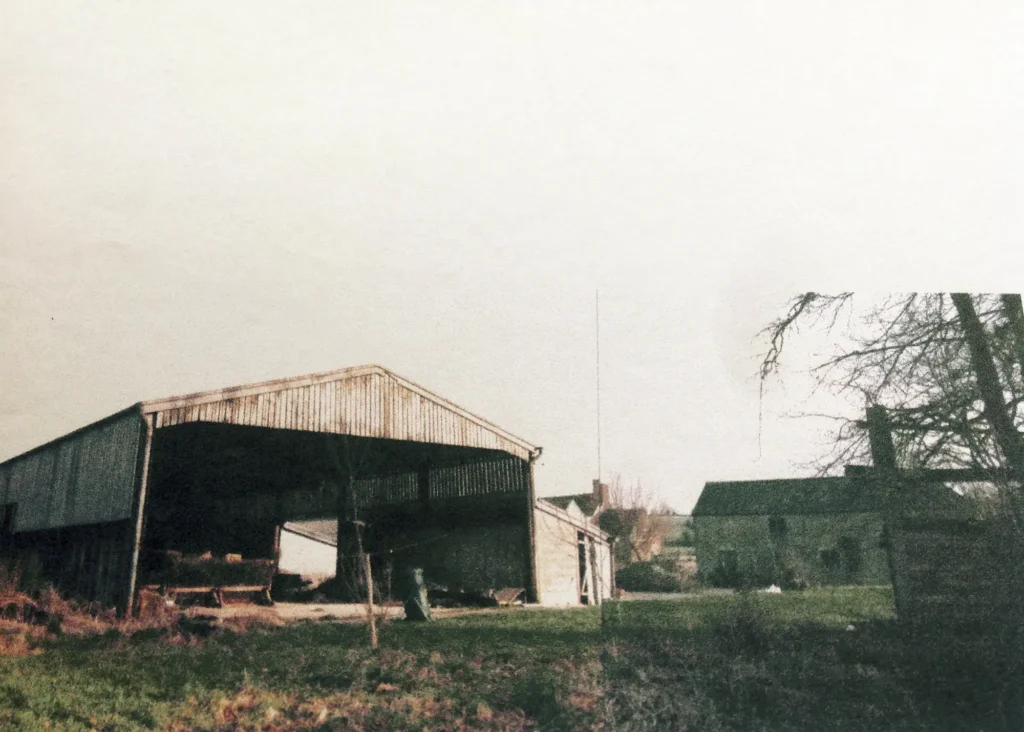

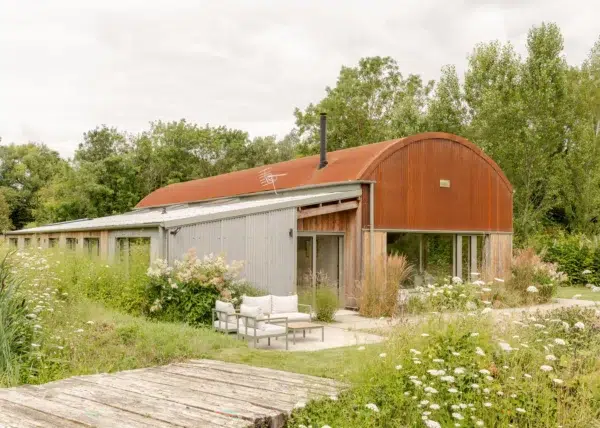
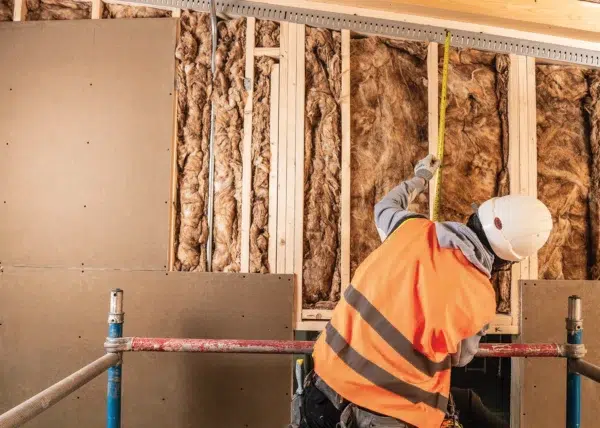

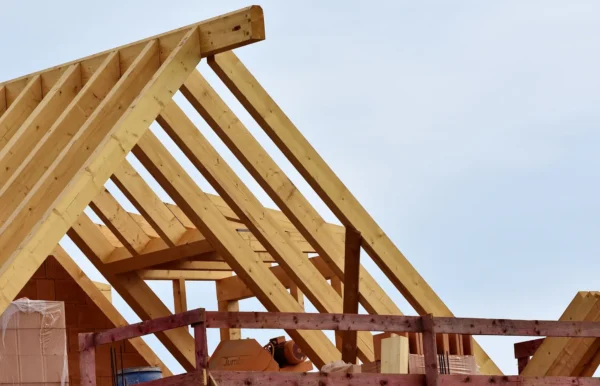
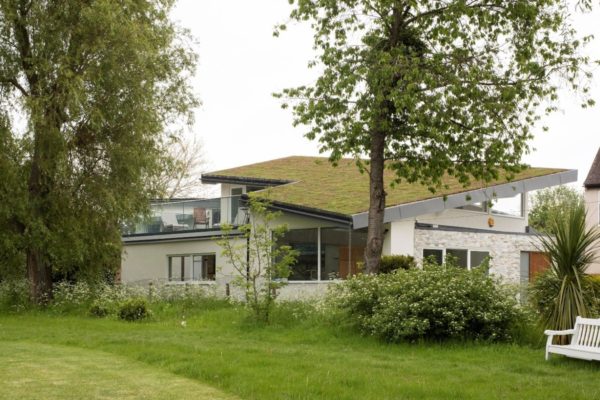






Do you have the source/regulations that this paragraph comes from?
“At the single plot end of the scale, small industrial workshops or storage units enjoy permitted development rights for conversion to housing in any case; regardless of whether they’re located in built-up areas or set in the countryside.”
It would be super helpful with our currently planning application! Thank you
I just checked the brownfield register for my local authority and they only show plots that are over 0.25 hectares suitable for 5 dwellings as per the legislation. These plots would be too big for my needs.
Any tips for finding smaller brownfield plots suitable for 1 dwelling?
Hi James,
Many thanks for your question.
Whilst the brownfield register might not meet your needs, all local authorities are required to keep a register of self builders who wish to build their own home and should be identifying and bringing forward sites. Whilst it may take some time for them to become available, it would be worth being on this list to see if something suitable comes up. In the meantime, look at other sources such as plot finding websites (Build It have a Plot Browser website dedicated to this – http://www.plotbrowser.com), and speaking to local land agents about sites they may be aware of. You could also look at sites and pieces of land which come up at auction. There will also be developers and landowners who may get planning permission for plots for custom and self build, which have already taken some of the risk out of the planning process. These may come up through the self build register but might also be found through looking at the council’s planning decisions.
Hope this helps.
Julia Riddle (Planning Expert)